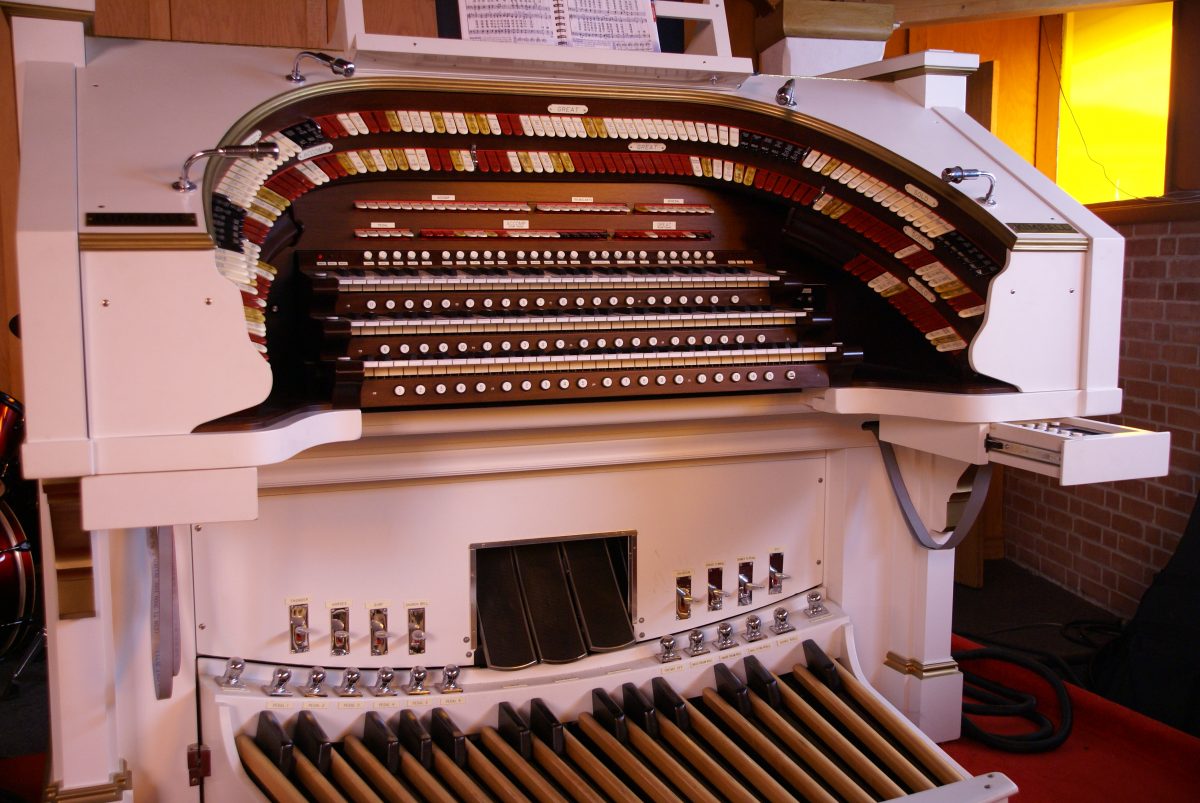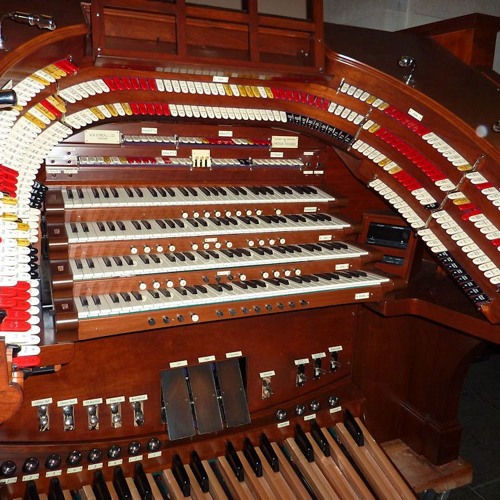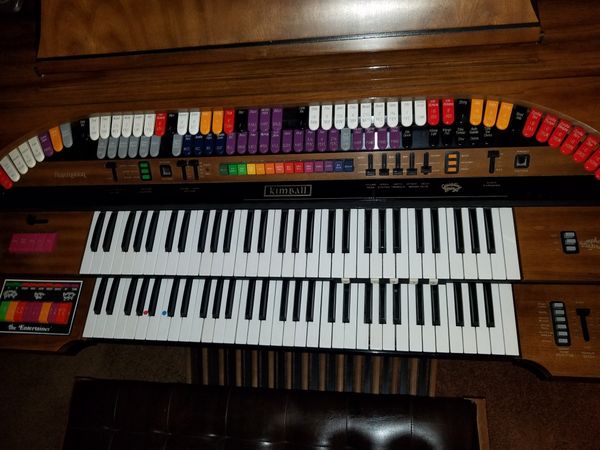

- KIMBALL ORGAN SOUND INSTALL
- KIMBALL ORGAN SOUND SERIAL
- KIMBALL ORGAN SOUND UPDATE
- KIMBALL ORGAN SOUND SOFTWARE
- KIMBALL ORGAN SOUND CODE
Some notes: on the second line i used ttyACM0 because that is what i had written down a while back (i told you to write it down didn’t i?).
KIMBALL ORGAN SOUND SERIAL
You don’t need all the space: import serial You can use “sudo nano test.py” and type in the following code. So, once that’s doing ok (you will see nothing at this point, that’s ok for now) you will create a simple program on the Pi. If both are fine, i’m sorry but you will have to do a little troubleshooting on your own. If there is an error, you might have typed something incorrectly, or don’t have your Arduino connected. Then upload the sketch (what Arduinoians call programs) to the Arduino (menu Sketch > upload). Save it first (menu File > Save As) to an appropriate place.
KIMBALL ORGAN SOUND CODE
put your main code here, to run repeatedly: put your startup code here, to run once: Once you’ve rebooted, re-open the Arduino IDE and make sure the programming window looks like this by typing in some Arduino code: String data="Hello from Arduno!" You have little choice but to let it do its thing. Click the Interfaces tab at the top and enable both I2C and Serial by clicking on the choices and seeing that Enable is selected for both. Go to the Menu > Preferences > Raspberry Pi Configuration.
KIMBALL ORGAN SOUND INSTALL
So, install the serial libraries for Pi: sudo apt-get install python-serial So once that does its thing, we will have to configure our Pi to handle serial communication. There are additional directions on the Arduino site here: Additional Cores If there’s no mention of the Due, you should probably not install it and you, yourself, will need to experiment.

You should also see a mention of the Arduino Due. A weird “applet” will open and you will click the “Install” button in the section that says something like “Arduino SAM boards (32 bit ARM Cortex-M3). Go into your Arduino IDE, and under Tools, there is a menu choice called “Tools,” and under it another called “Boards” and finally one called “Boards Manager.” Select that one.

KIMBALL ORGAN SOUND UPDATE
You will need to to update the IDE to handle your Due. It might be ttyACM1 or another number, that’s ok, just remember it. You will probably get an additional device that looks something like: /dev/ttyACM0 Now, type the same command again: ls /dev/tty* Plug in your Arduino to the Pi Due using the USB port closest to the barrel jack for an auxiliary power supply (one isn’t needed as the Arduino can draw its power from the USB port for now) - called the programming port. Make sure your Arduino is NOT connected to your Pi. On a Pi command line, list all your connected devices by typing: ls /dev/tty* The IDE is now installed on the menu under the “Programming” option.īefore you do anything else, you need to find out where your Arduino ends up, device-wise.

The link (as of this writing) to the article is here: Connecting Pi and Arduinoįirst, installing the Arduino IDE on the Pi, after you’ve downloaded the software. There was a tiny mistake in Arvind’s python code that caused an error. His instructions are paraphrased, as i didn’t have a need to blink an LED on my pi right now. Some of these programming directions were on the Maker.Pro site and they were created by one Arvind Sanjeev. Since you will have to install this manually, i will give you the instructions.īut before that, i should mention that i found the installation instructions on the Raspberry Pi’s most excellent magazine, the MagPi’s site, right here Install the Arduino IDE on your Raspberry Pi . Make sure you take the Linux ARM version, and not the default Linux 32/64 bit versions. You can get the correct image from the Official Arduino.
KIMBALL ORGAN SOUND SOFTWARE
Raspberry Pi should update their software repository. If you’re following along with your own organ, Pi, and Arduino Due, be well warned that the image for the Arduino IDE stored on the Raspberry Pi site is quite out of date. Links to previous posts are here, you might want to read them first. She (the Arduino) doesn’t say much right now, only, “Hello from Arduino”, but that’s good for now. After making a large dent in the wall due to repeated banging with my head, i can report that my Arduino speaks to my Pi. This week’s task was to make the Arduino Due talk to the Raspberry Pi.


 0 kommentar(er)
0 kommentar(er)
